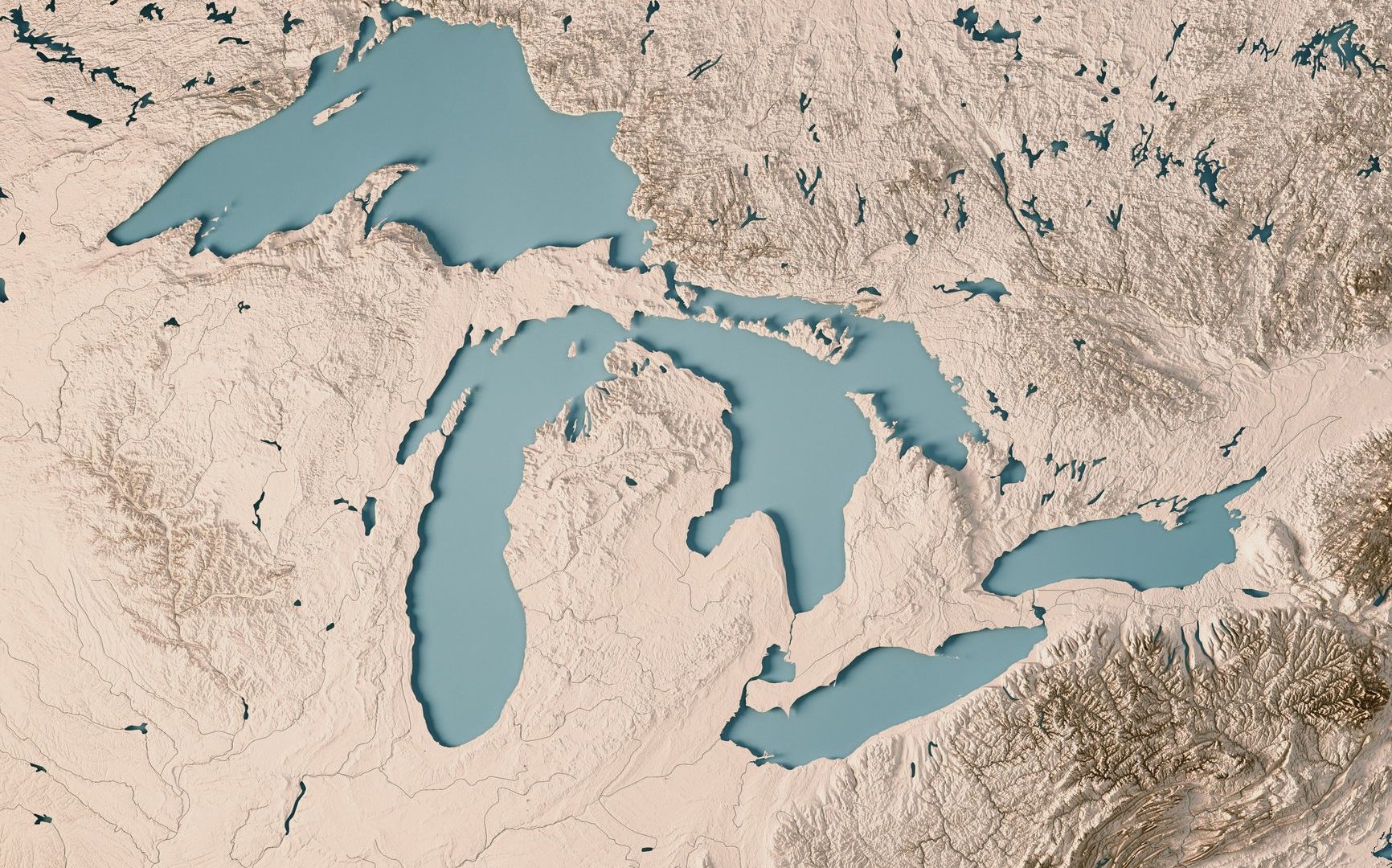Blue Accounting has released a comprehensive database of coastal wetlands protection, restoration, and enhancement projects in the Great Lakes Basin.
Using the database, decision-makers and stakeholders can view state, federal, provincial, and private investments side-by-side and track progress toward acreage goals identified for the Great Lakes Restoration Initiative (GLRI).
“The list of organizations that invest in and manage coastal wetlands is long and getting longer all the time,” said John Linc Stine, chair of the Great Lakes Commission and executive director of the Minnesota-based Freshwater. “To understand how much progress we are making and where the next investments should be, the Commission and all the investing organizations need a big picture view of the work that is being done across all of these state, provincial, federal, and private partners.”
Blue Accounting worked with the Great Lakes Coastal Assembly to launch the Coastal Wetlands issue on the hub. The Coastal Assembly is a regional partnership of government agencies, nongovernmental organizations and academic researchers dedicated to working together to conserve and restore lands and waters in the critically important coastal zones of the Great Lakes.
“There is a great community of coastal wetlands practitioners and experts around the Basin,” said Michelle Selzer, lake coordinator with the Michigan Department of Environment, Great Lakes, and Energy, and Coastal Assembly member. “These ecosystems not only provide critical habitat, but also buffer our shorelines during storms, filter runoff, and attract tourism. We’re excited to work with Blue Accounting to raise the profile of these important systems and have an accessible, transparent way to track our progress toward protecting, restoring and enhancing them.”
The information hub has interactive maps displaying investments and progress toward GLRI acreage targets. These maps allow users to filter results by attributes like jurisdiction and congressional district and generate custom tables and graphs. The interface also supports networking by allowing users to access individual project details and contact information.
Going forward, Blue Accounting and the Coastal Assembly will continue to grow the hub’s data sources, with the goal of delivering data from all states, provinces, federal agencies, and private organizations working on coastal wetlands. The suite of goals and metrics tracked will also be expanded to include additional environmental, social, and economic goals and metrics.
“We care about wetland acreage because of the value those acres provide for fish, wildlife, and people,” said Christie Deloria, co-chair of the Great Lakes Coastal Assembly. “I’m excited to begin developing stories and visualizations in the next several months that complement the acreage data and begin showing those values.”
The Great Lakes Commission (GLC) and The Nature Conservancy co-lead Blue Accounting, in partnership with federal, state, provincial, local, and private sector organizations. Blue Accounting receives funding support from the Charles Stewart Mott Foundation, the Fred A. and Barbara M. Erb Family Foundation, the Joyce Foundation, and the Herbert H. and Grace A. Dow Foundation.













